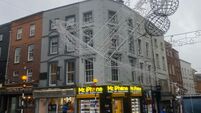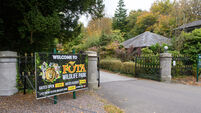State archives may hold key to mother and baby homes

They also asked what steps were taken to transfer them into specialised mother-and-baby homes such as Tuam in Galway; Bessborough in Cork city, Kilrush in County Clare (closed in early 1930s); and Pelletstown in Dublin — (other homes including Sean Ross in Roscrea and Manor House in Castlepollard had yet to be opened).
Local authorities were informed that six-monthly returns of women in county homes had to be submitted to the department as it was important for the ‘minister’ – the leading pro-Treatyite and future Fine Gael leader Richard Mulcahy – to be kept informed of the extent of the problem.













